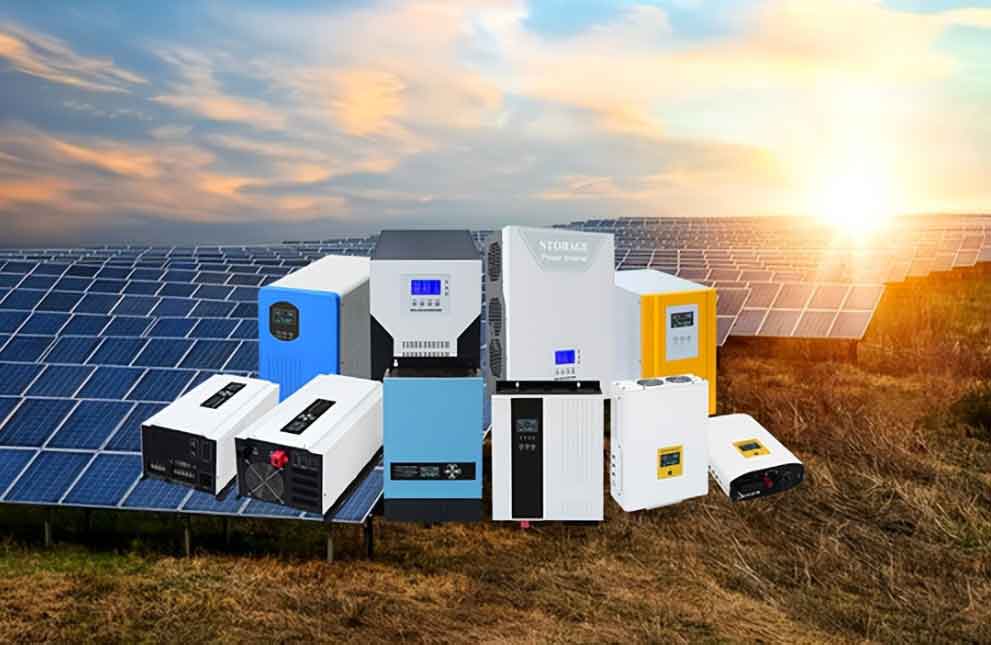
Inverters are critical components in various applications ranging from renewable energy systems to electric vehicles, converting direct current (DC) into alternating current (AC). The choice between a low-voltage inverter and a high-voltage inverter often depends on specific application requirements, including the scale of the operation, efficiency concerns, and safety standards. Below, I’ll outline the key differences and similarities between low-voltage and high-voltage inverters.
Differences
- Voltage Levels:
- Low-Voltage Inverters: Typically operate at voltages below 1,000 volts. Commonly used in residential solar installations, small machinery, or automotive applications.
- High-Voltage Inverters: Operate at voltages above 1,000 volts, often reaching tens of thousands of volts. These are essential in industrial applications, large-scale renewable energy systems, or grid applications.
- Applications:
- Low-Voltage: Suited for smaller, often residential or light commercial settings where the power demands are lower.
- High-Voltage: Used in larger installations such as utility-scale solar plants, wind farms, or heavy industrial applications where large amounts of power need to be managed and transmitted over longer distances.
- Efficiency and Losses:
- Low-Voltage: Tend to have higher losses due to higher currents which lead to greater heat generation and require more robust cooling systems.
- High-Voltage: Generally more efficient as they operate at lower currents, which reduces losses from heat and allows for more straightforward cooling solutions.
- Safety and Installation Complexity:
- Low-Voltage: Typically easier and safer to handle during installation and maintenance, posing lower risk of electric shocks.
- High-Voltage: Require stringent safety measures, specialized equipment, and training for handling due to the higher risks associated with high voltage electricity.
- Cost:
- Low-Voltage: Generally less expensive due to lower safety requirements and less complex installation.
- High-Voltage: More expensive upfront due to the higher costs of components designed to handle high voltages and the more complex installation and maintenance requirements.
Similarities
- Functionality: Both low-voltage and high-voltage inverters perform the same basic function of converting DC to AC. They are essential in integrating DC-producing systems like solar panels or batteries with AC grids or applications.
- Power Handling: Both types can be designed to handle varying amounts of power, tailored to specific needs, from small kilowatts in homes to several megawatts in industrial applications.
- Technology: Both utilize similar technologies for the inversion process, often employing techniques like pulse-width modulation (PWM) to control the output waveforms.
- Energy Efficiency Goals: Regardless of the voltage level, all inverters aim to maximize energy efficiency and minimize losses during conversion, which is crucial for reducing operational costs and improving system performance.
- Integration with Smart Grids: Both types can be integrated with modern smart grids, providing essential grid services such as load balancing, energy storage, and demand response.
Choosing the right type of inverter depends on several factors, including the specific needs of the application, local safety regulations, installation environment, and budget. Both low-voltage and high-voltage inverters have their place in the electrical and energy systems, and understanding their differences is key to making informed decisions about energy management and system design.
